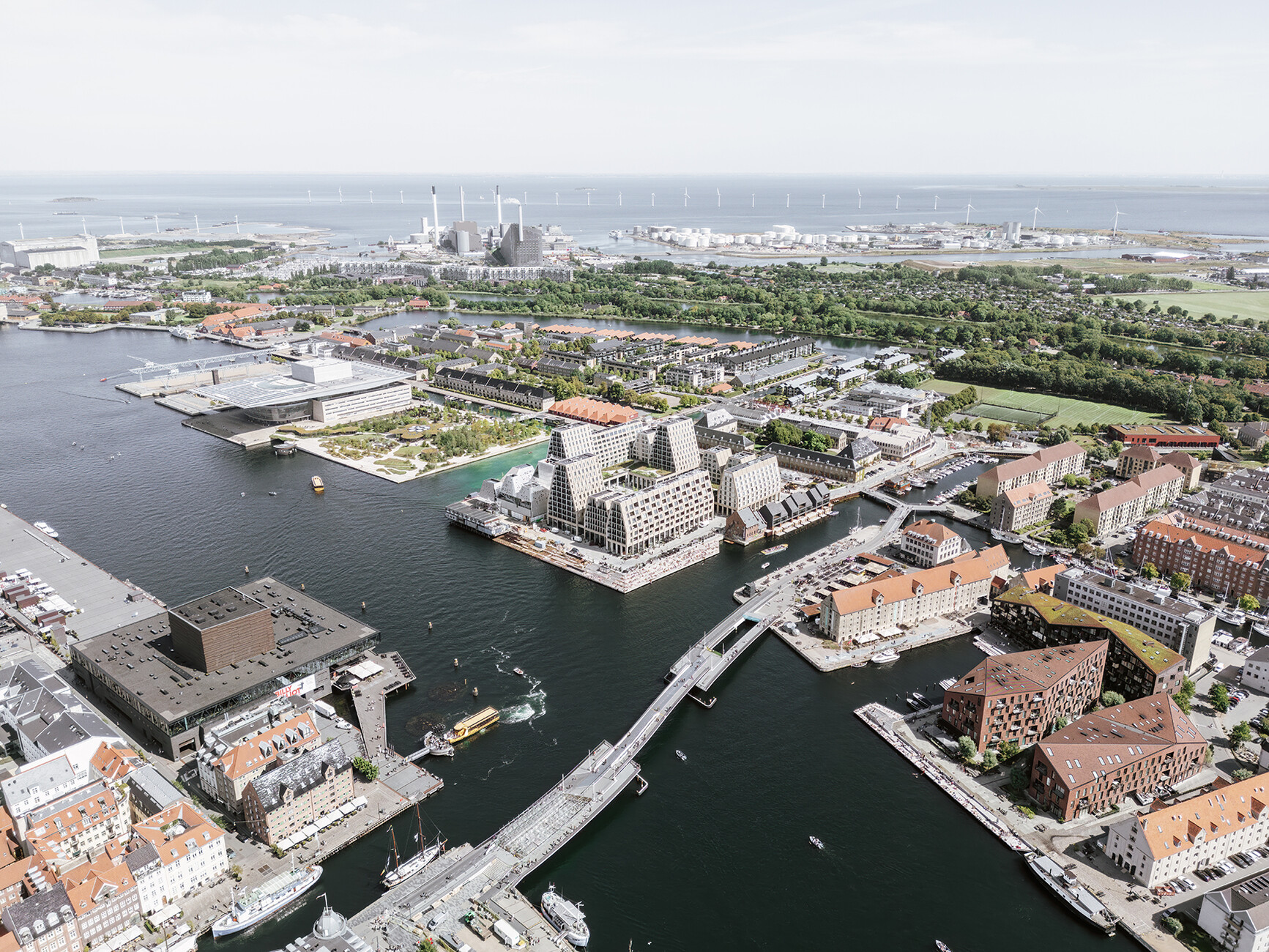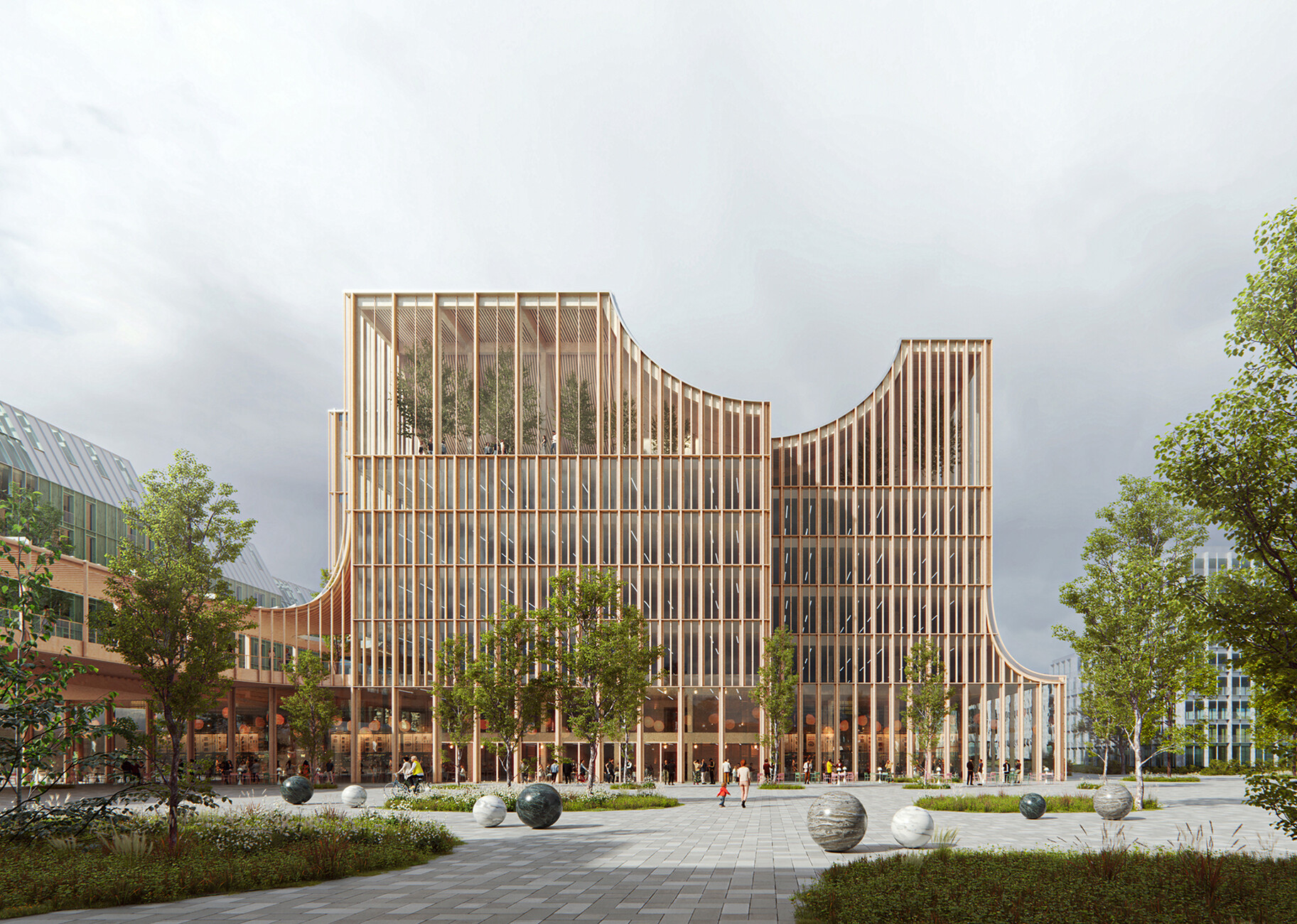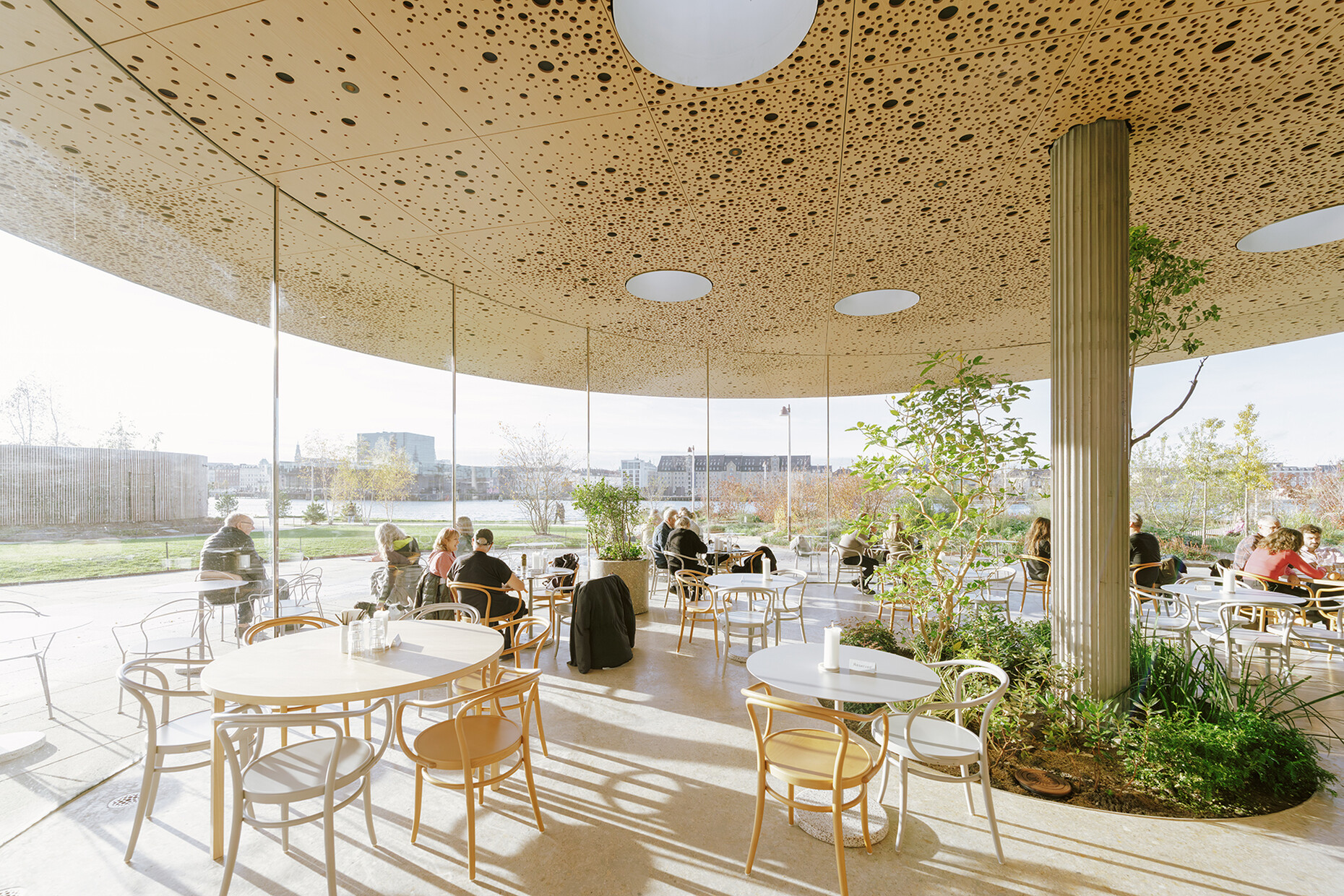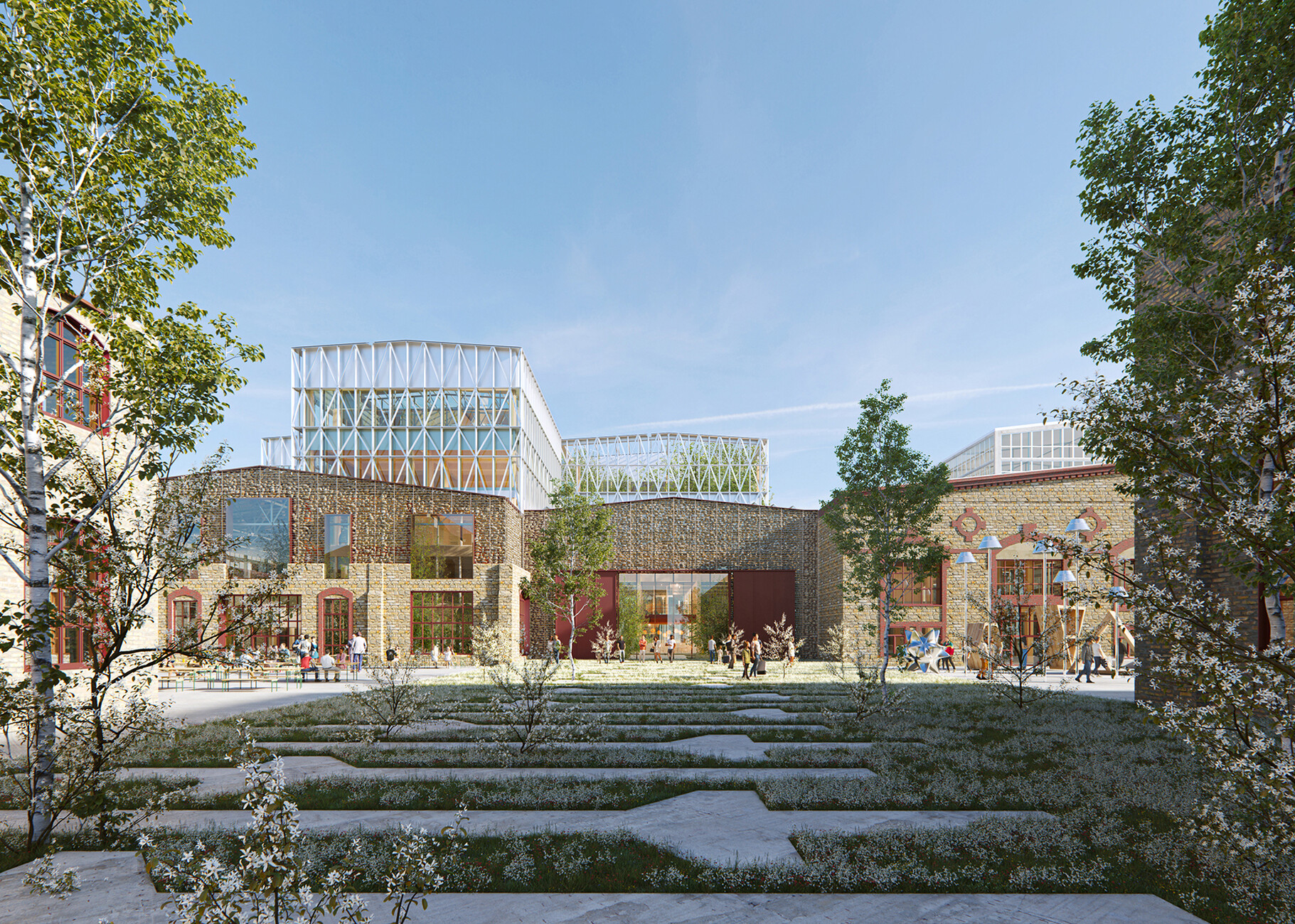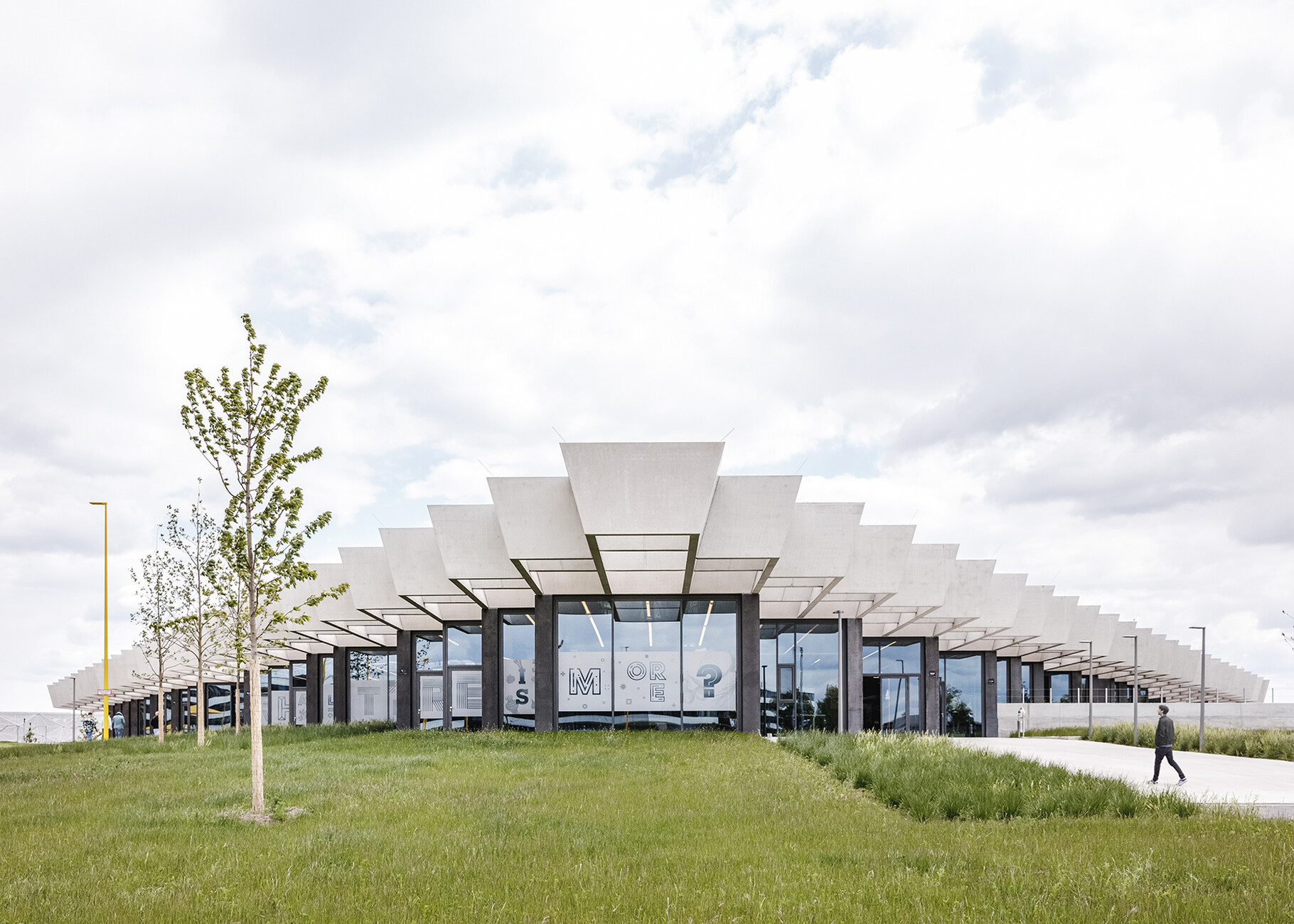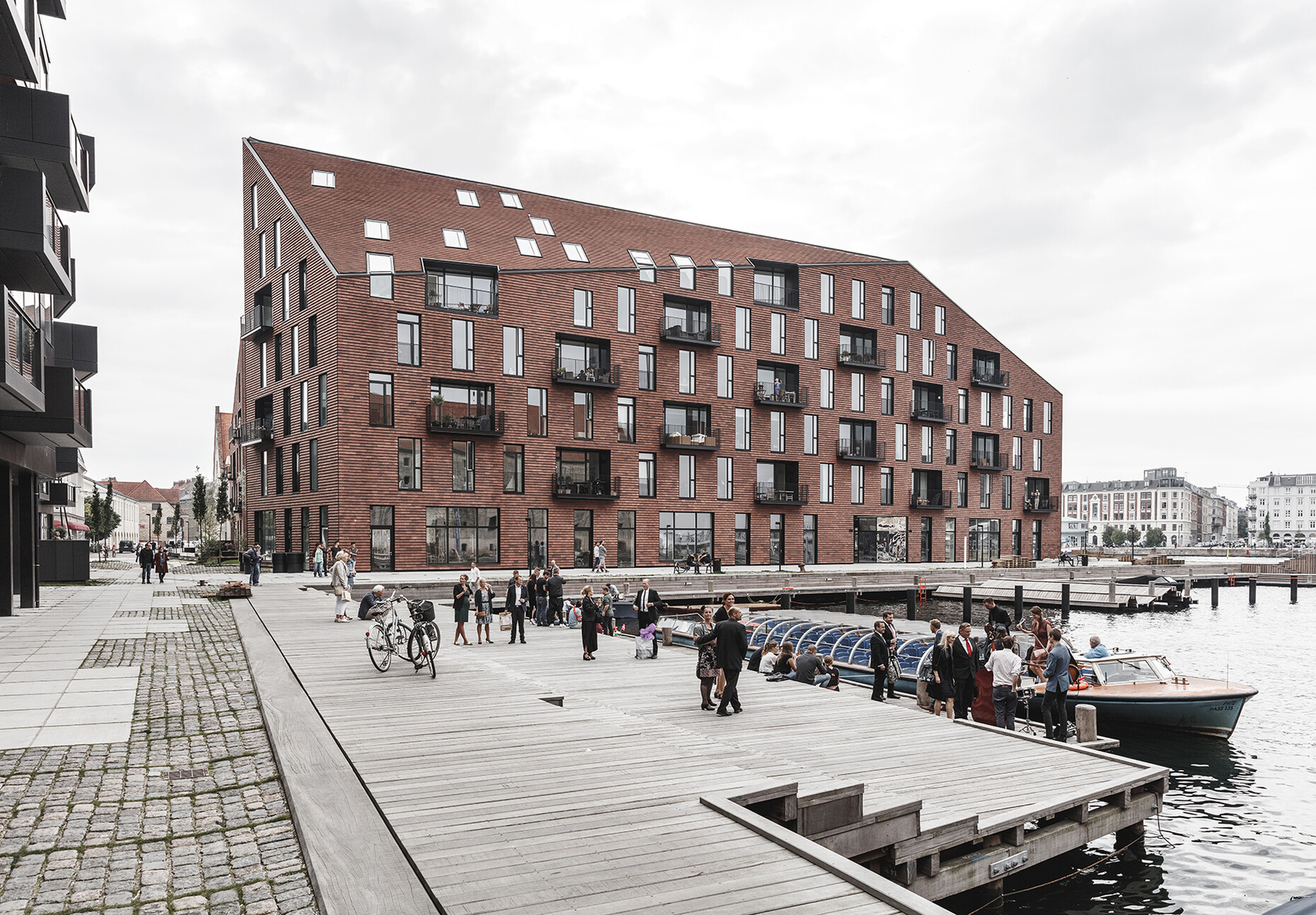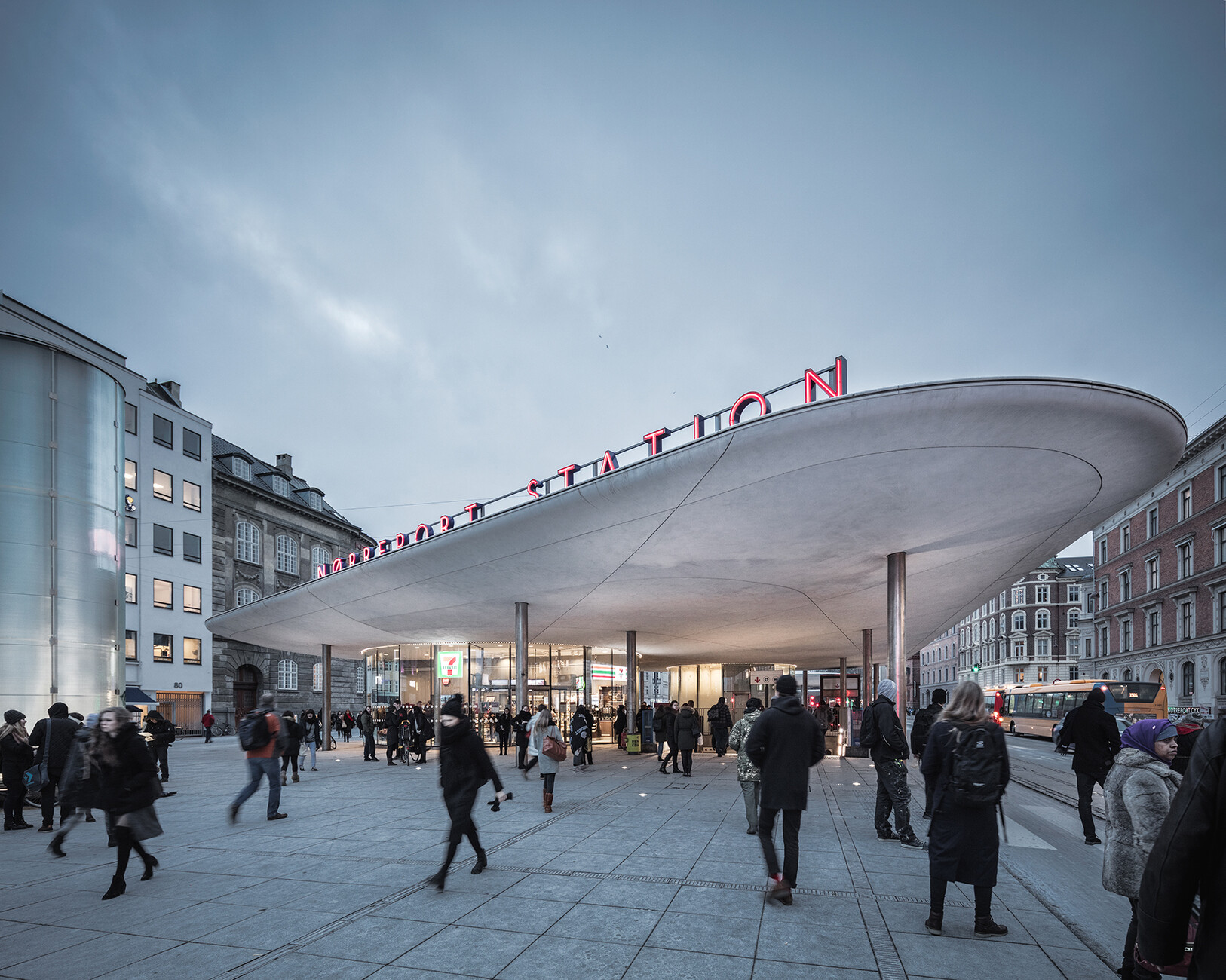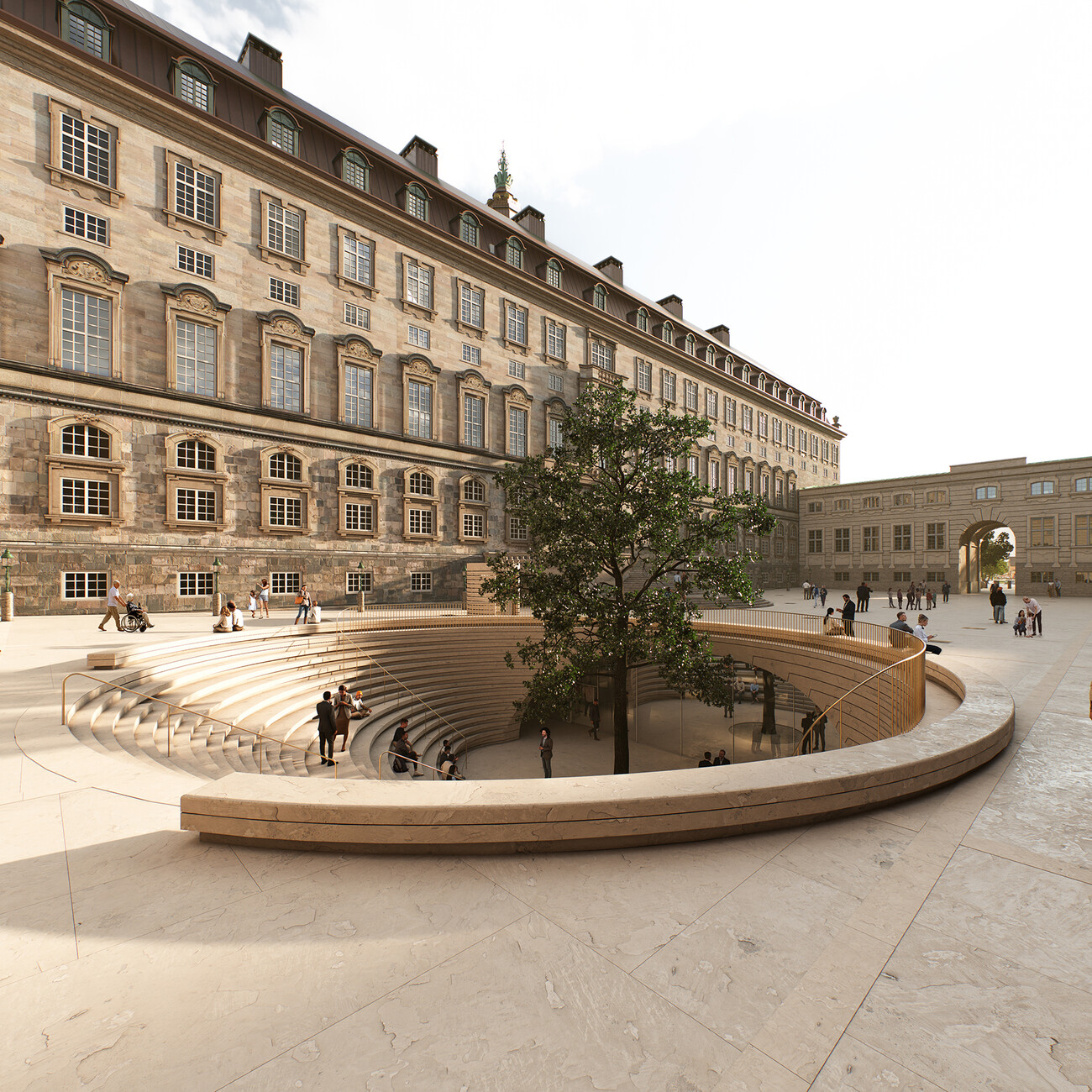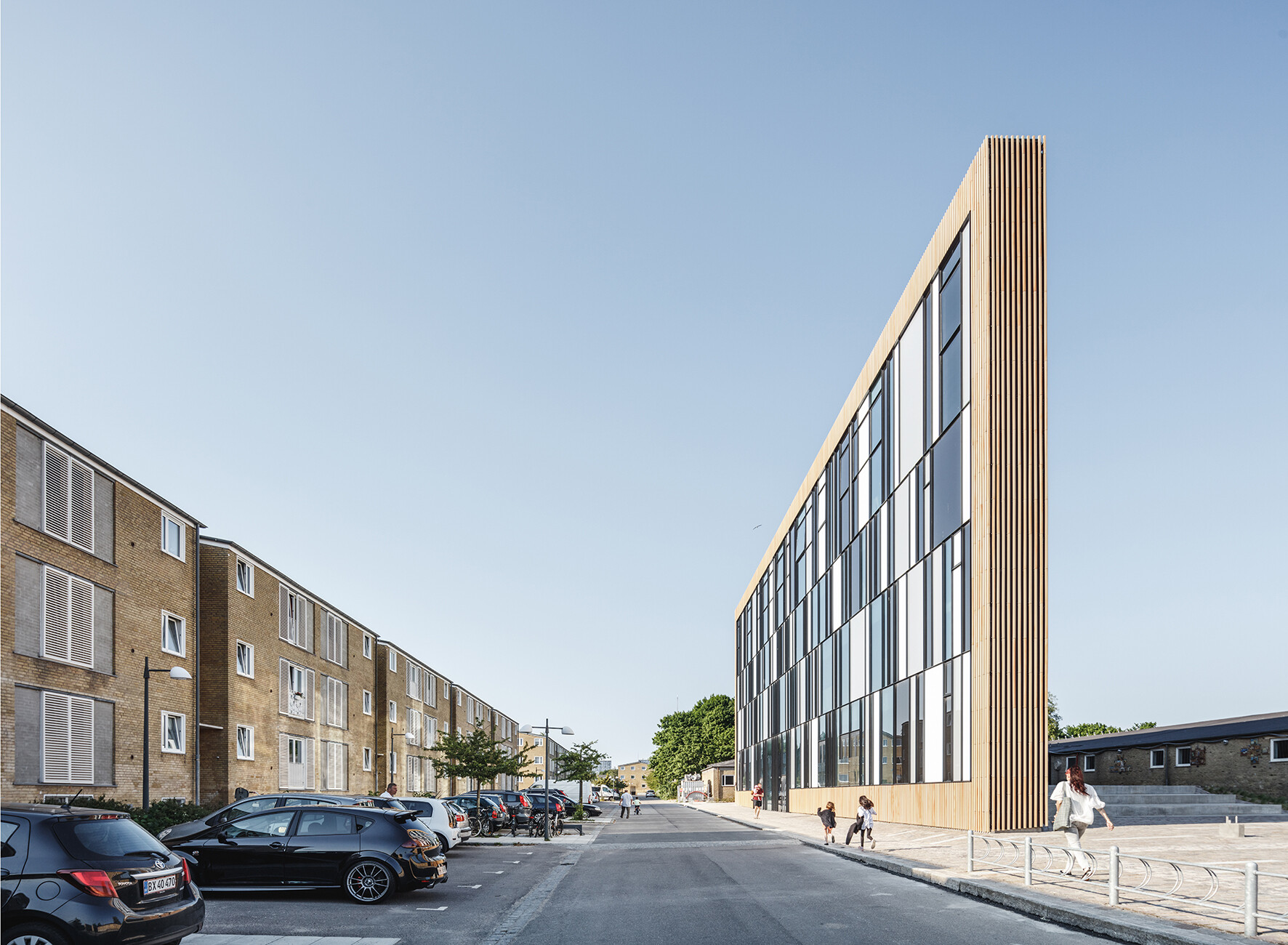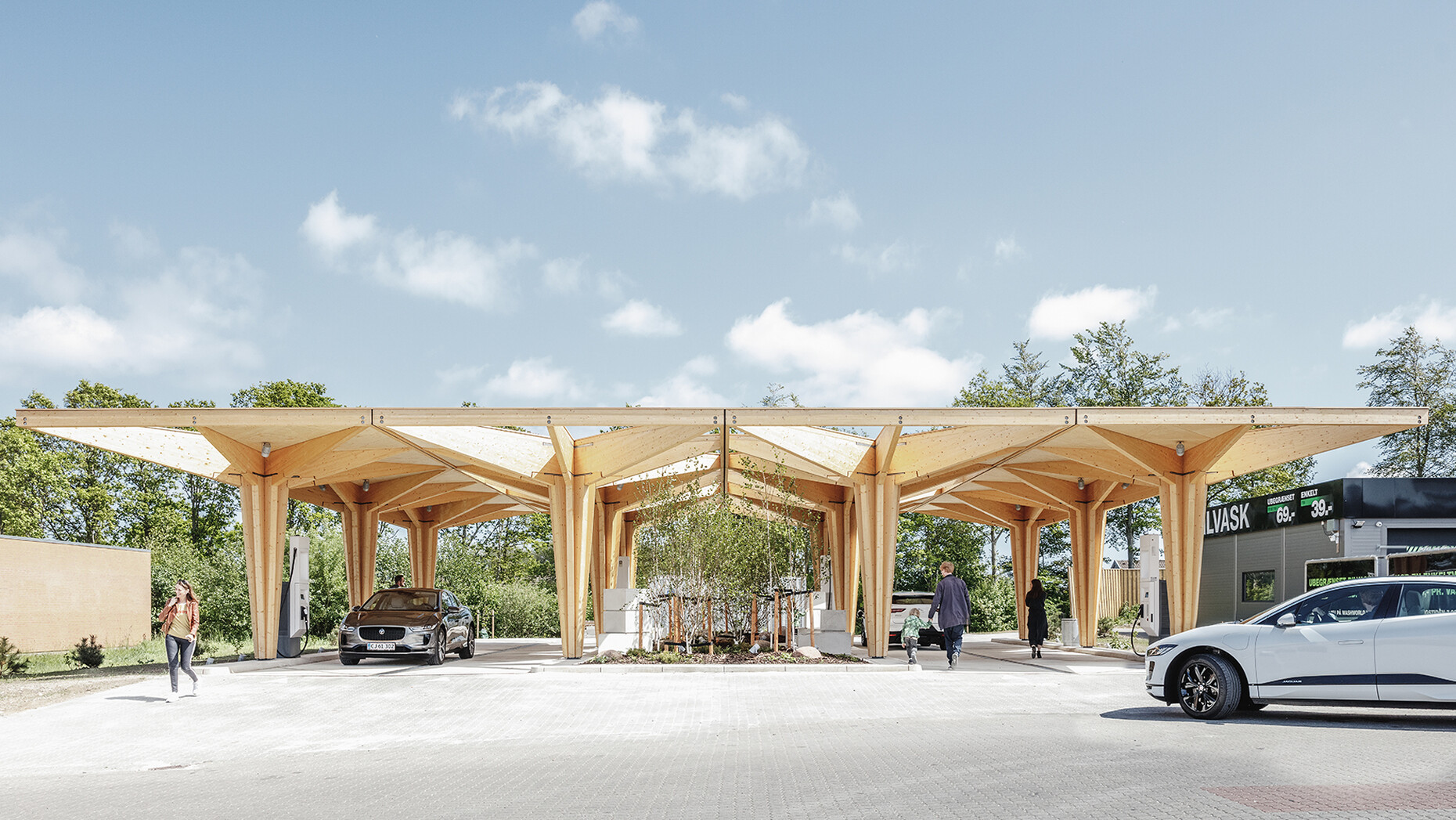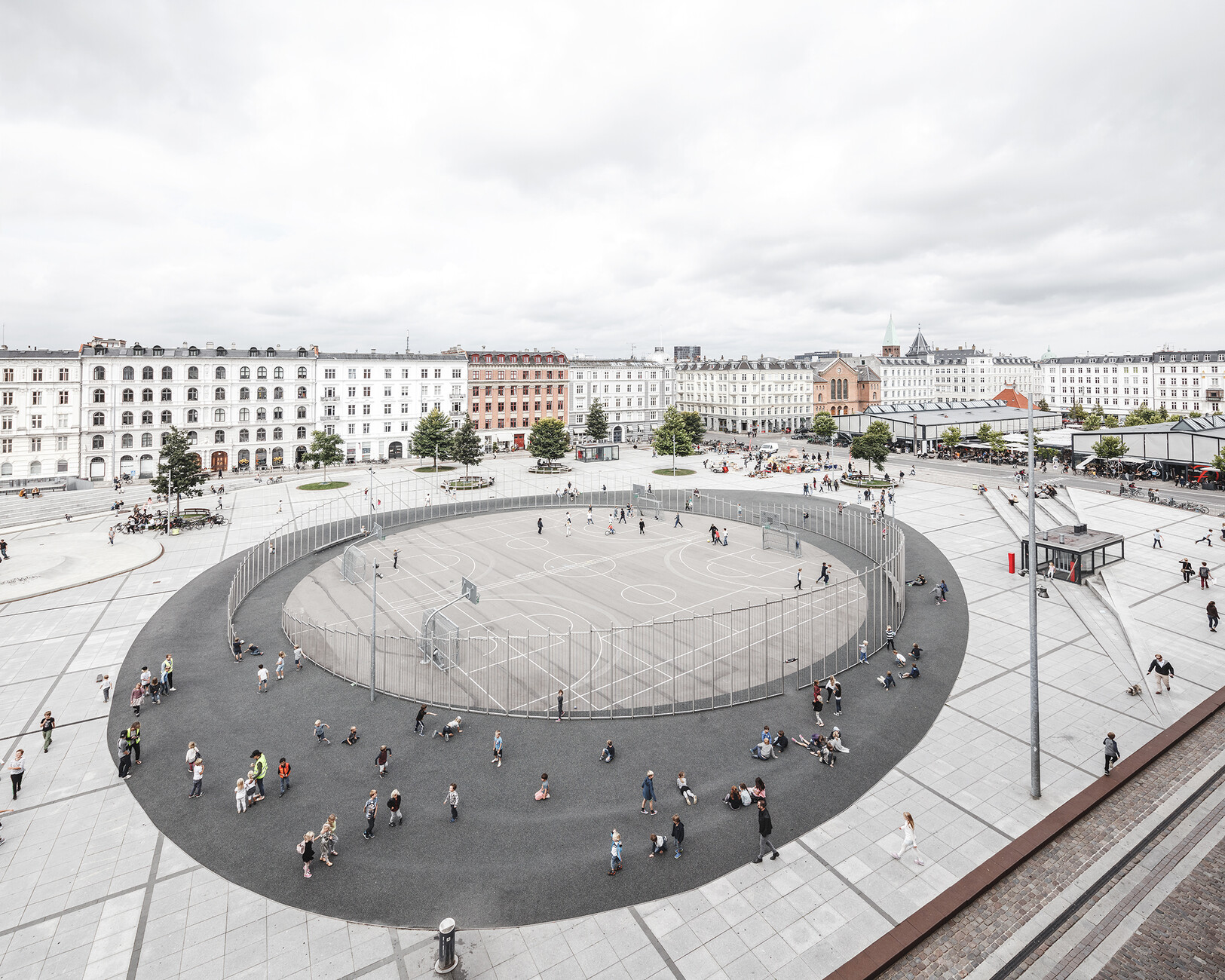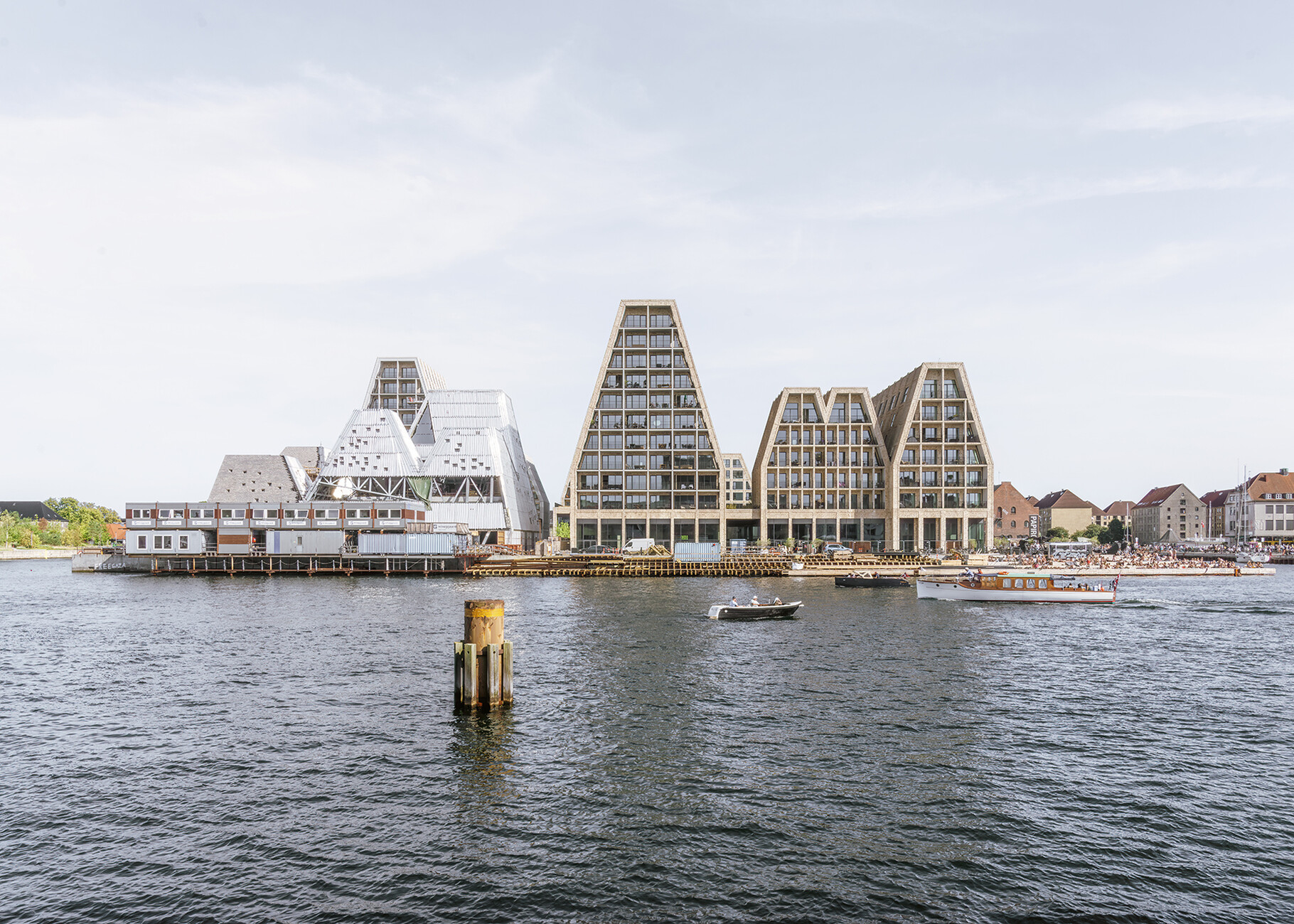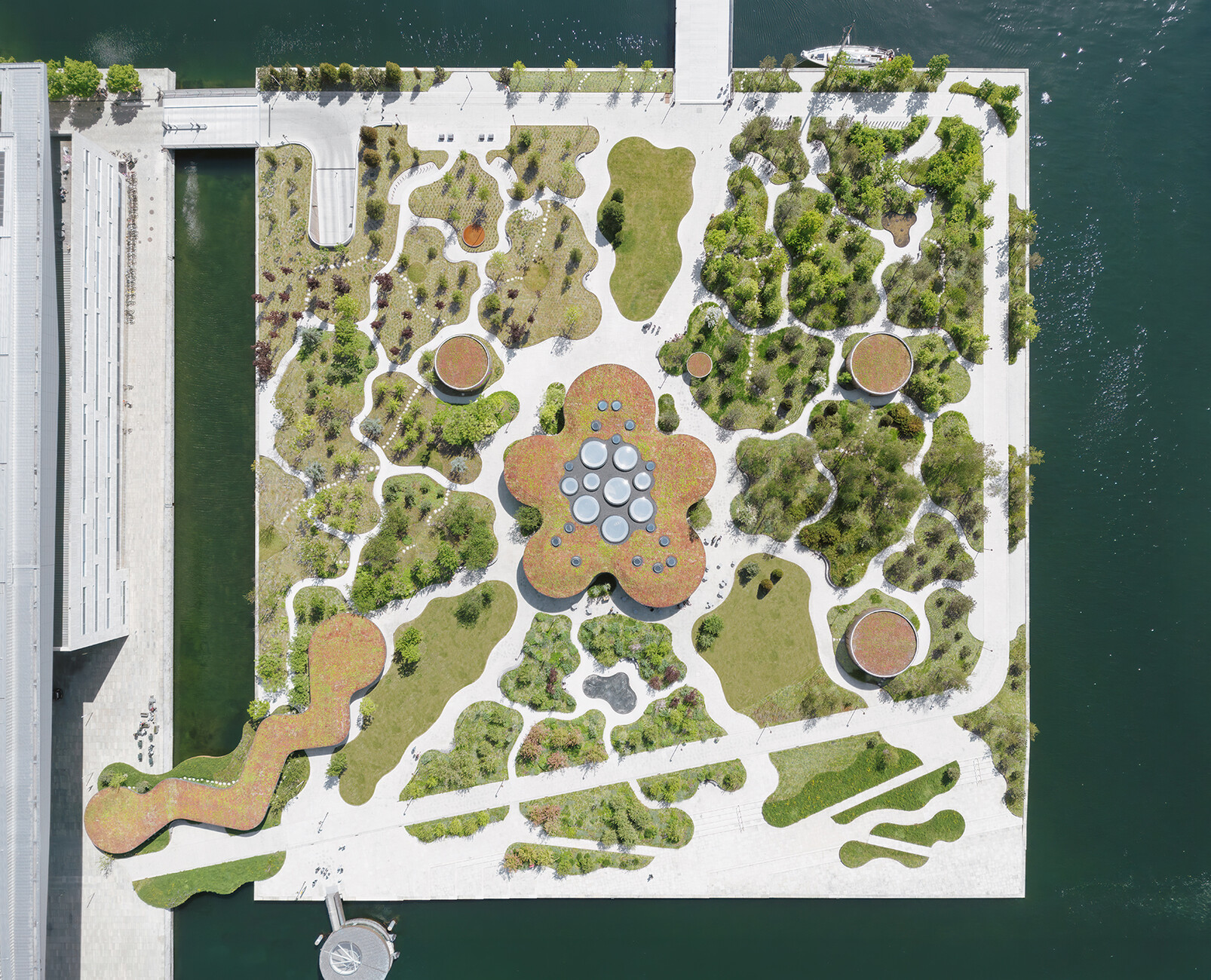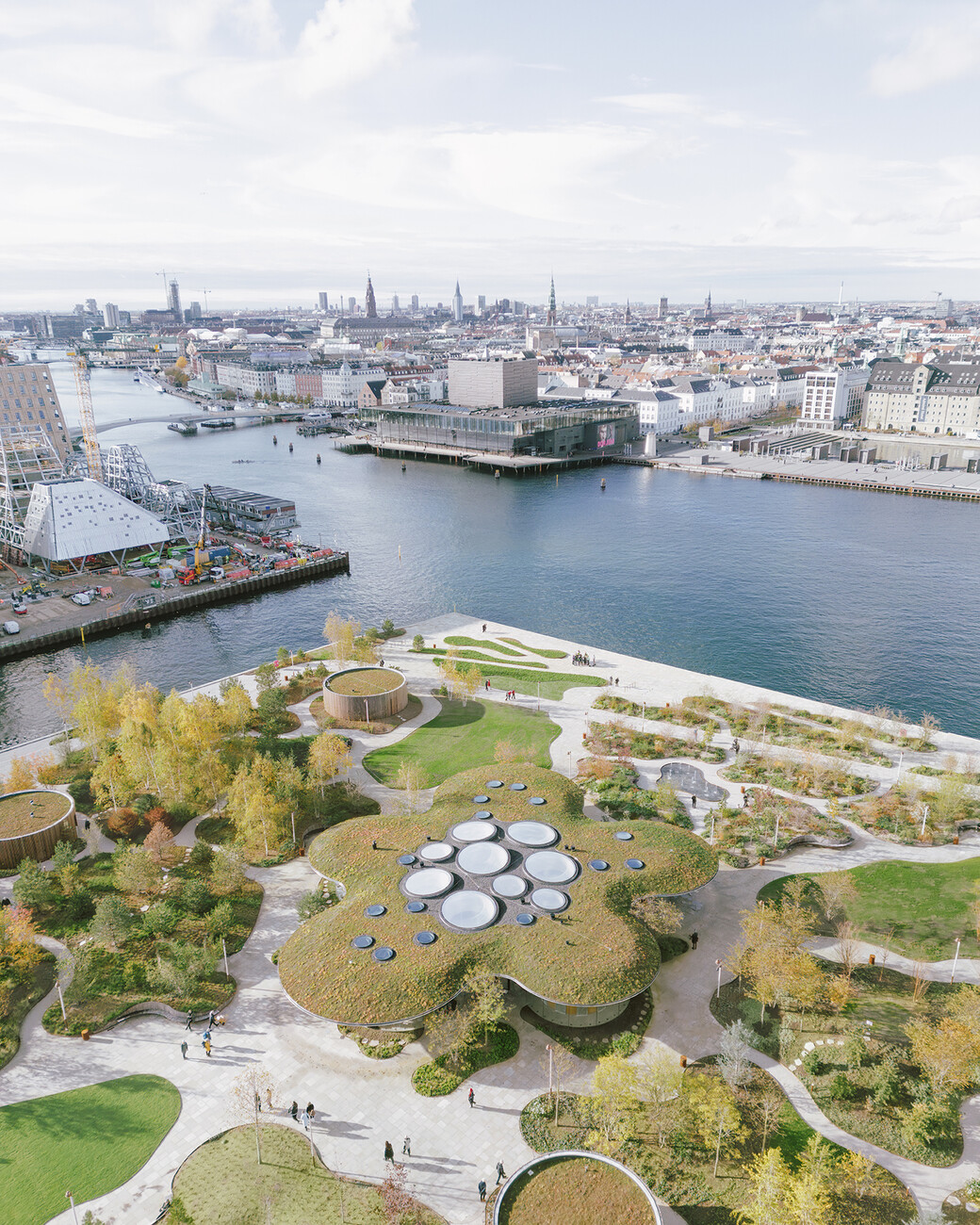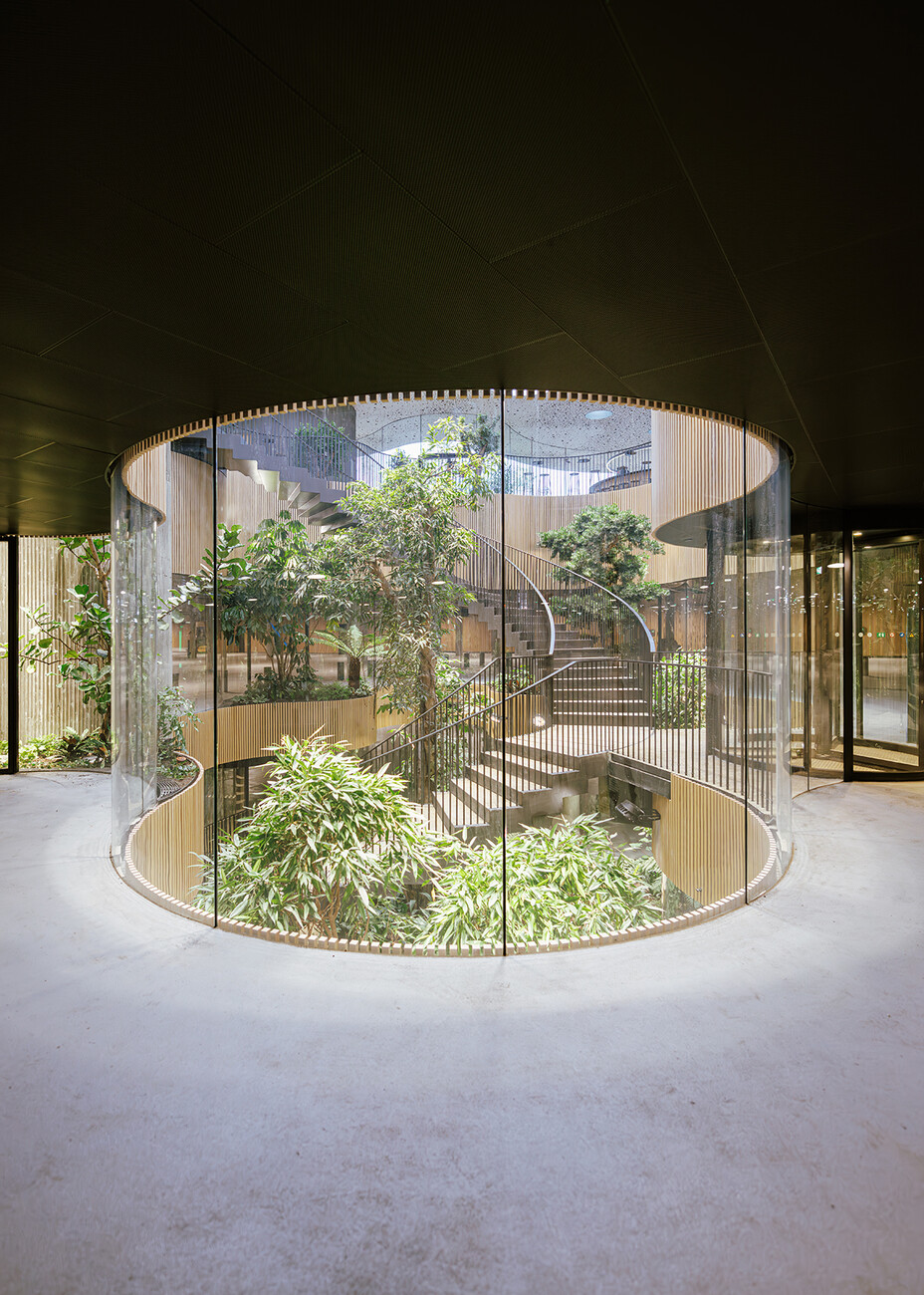Building for the long term
Anna Moldenhauer: Cobe is a laboratory for architecture – what does that mean for you as a team?
Stine Lund Hansen: First and foremost, we refer to our office and studio in Copenhagen as a laboratory because we develop the entire design for a project in one collaborative space. From here, we export our knowledge, mindset and values to cities around the world. We believe it is important to forge and try out our ideas together and to involve different disciplines as we discuss them. The spectrum here ranges from large-scale urban planning projects and master plans through to architecture and building design, urban spaces, landscapes and design objects. We believe it is important to have a discussion about the different scales involved, because they are interdependent. If we’re working on a large scale project, we keep zooming in, examining what it means for peopleto be in this city. It is this holistic approach that underpins the term “laboratory”. The involvement of different scales and professions is crucial to every design.
What are the advantages and challenges of co-creation?
Stine Lund Hansen: Our office is one big, open space, located in a former industrial warehouse, where we work with 150 employees, and the workstations are divided among teams, which then exchange ideas for each project. This means different areas of expertise come together, which is crucial for further development and for the final plans. The “work in progress” is clearly evident on our walls, since we like to print out the relevant status of the ongoing work every day and hang it on our project wall. This way, the ideas become part of the office environment and also inspire other teams and foster a dialog. For us, it’s about replacing the “I” with a “we”, and encourage open exchange and cooperation. Everyone involved in the development process shares a sense of ownership over the design, so it’s never about imposing an external vision. Instead, our focus is on deeply understanding the essence, character and potential of each place, allowing us to grow it from the ground up.
So working from home is not an option at Cobe?
Stine Lund Hansen: We are open to working from home where it makes sense. Overall, though, for the kind of work we do it is generally more effective for us to collaborate in the office.
Your projects are designed to be “out of the box”, like the Espoo House, a hybrid urban building that fosters interaction and engagement among its user groups, or the conversion of a former grain silo that you transformed into a residential complex and public facilities. What is essential for you to maintain this approach?
Stine Lund Hansen: Each project offers a new starting point with different framework conditions. We learn from every process and try to stay open-minded. We have always believed that before building anything, we need to work on a human scale and understand the context – analyzing how people move, live and interact with their environment. Understanding what materials, ressources and competences are available. Seeing the challenges and opportunities of the site, the neigbouring areas, the city and the society. These principles remain as relevant today as ever, especially in light of the many crises confronting our societies – such as climate change, resource depletion, and biodiversity loss. The future of our cities, landscapes and buildings depends on creating more livable environments while drastically reducing construction rates and minimizing space usage. Our guiding question is always: how can we do the least to achieve the most impactful result?
With your projects like the Opera Park, Væksthuset, and Papirøen in Copenhagen’s inner-city harbor, you have created space for diversity and proximity to nature. Why is that important to you in general?
Stine Lund Hansen: That has to do with our values. We believe the most important thing is to create architecture that people will use and love. The users are at the center of our work – and the project on Paper Island is a good example of that. It’s a mixed-use housing development in the center of Copenhagen, where building density is very high. In this project, we made sure that both condos, social housing, and a hotel will be included, as well as a public water culture house, and that the entire ground floor will be 100 percent public. Likewise, the heart of the island is a public courtyard, and the whole island is flanked by a public wooden promenade. Next to Paper Island there is also the Opera Park, an open, leafy green landscape that offers an escape from the bustling life of the city with six differently designed gardens, depending on whether you feel like being alone or in company. This offering can be used in different ways and is available to everyone. With our projects, we aim to optimize everyday life in these places.
In The Opera Park you also incorporated rainwater collection areas– what does sustainable building mean for Cobe?
Stine Lund Hansen: Sustainability is a top priority for us, although we alone do not have a solution for the construction industry being one of the biggest carbon emitters overall. Architecture as a profession is fraught with dilemmas and as architects, we carry a heavy responsibility to make sure we create meaningful, positive change. We focus primarily on transforming spaces by maintaining, restoring and repairing existing structures, rather than prioritizing demolition and replacement with new construction, to use only as much space as necessary, to incorporate more wood, to explore new materials. It’s a process. We also aim to integrate more biodiversity into our cities. Only if we work together – developers, cities, contractors, engineers, architects, designers - can we improve materials and construction processes, which is another reason why cooperation and an open mindset are so important to us. The industry can be resistant to change, often following established practices to minimize risk, but we strive each day to move ourselves, our collaborators, and our clients toward a more sustainable future. There’s a long road ahead, yet every step brings us closer to progress.
Do you specifically look for unusual projects, or is this selection inherent in your way of working?
Stine Lund Hansen: Every project is unique – that’s the basis of our work. Nevertheless, we don’t seek out special tasks directly, nor do we have any particular style or work with a certain typology or are experts in a certain category. We work from a Cobe mindset and with that we humbly try to create anything from chairs to cities. That’s why it’s important to us to keep our minds and our design language open.
What opportunities are there in Scandinavian architectural traditions to inspire Cobe for the towns and cities of today and tomorrow?
Stine Lund Hansen: Copenhagen has always been important for the development of Cobe, from its foundation through to today. Many of our projects are rooted in this city, and we have grown together, so to speak, with this city, which in the last few years has developed into one of the places with the best quality of life in the world. Today, it’s a fantastic place to live and work, with bike lanes, pedestrian pathways, and swimmable waterways enhancing daily living. The design of public spaces is crucial here. Our experience designing for Copenhagen’s evolving needs has deeply influenced our work. In turn, we’ve contributed to the city’s transformation. This mutual influence is at the core of what we do and has fuelled our commitment to creating extraordinary everyday spaces for all.
What else will Cobe contribute to the development of the city in future?
Stine Lund Hansen: We want to convey that architecture, landscape architecture, and urban planning are not static processes. It’s about longevity and dynamic, future-proof designs. We believe that architecture has the power to shape our lives, which is why it plays a crucial role in advancing sustainable practices. Architecture is essential in moving us all forward.
